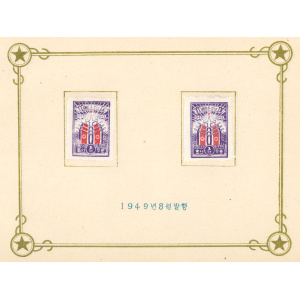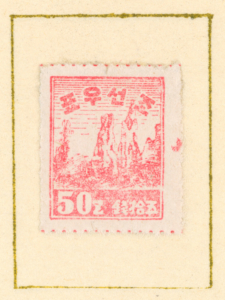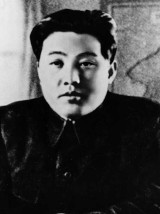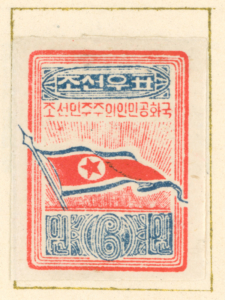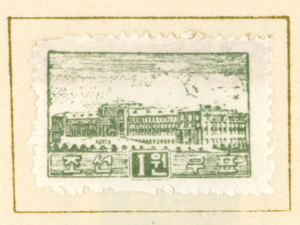Story of the booklet
The story of the booklet cannot be separated from the historical facts, but many details are obscured. What we do know for sure is that the booklet was resting in a collection in Hungary in the last decades. Before that, there must not have been much “room for manoeuvre” for the booklet, given the laws that came into force in the second half of the 20th century, which kept stamp import-export within strict limits. We did some research on how the booklet got to Hungary, the starting point was that the last stamp in the booklet was issued on 4 April 1950, and during the Korean War nothing like this could have been produced, but after that new stamp issues appeared which are not included in the album, and reprints were issued in 1957, which are not included in the album either. This clearly places the production date of the booklet between April and October 1950. We have also been able to narrow this time interval further in view of the fact that a stamp issued for the 5th anniversary of Liberation was issued in June 1950, which would certainly have been included in such an exclusive issue, but is not included. It can therefore be said that the date of the album’s creation can be narrowed down to a two-month period: between April 1950 and June 1950. Considering that Kvon O Dik was inaugurated as Ambassador Extraordinary to Hungary in June 1950, it can be stated with almost absolute certainty that the booklet was brought to Hungary by Kvon O Dik as a gift to the President of the Presidential Council for his inauguration ceremonies.

